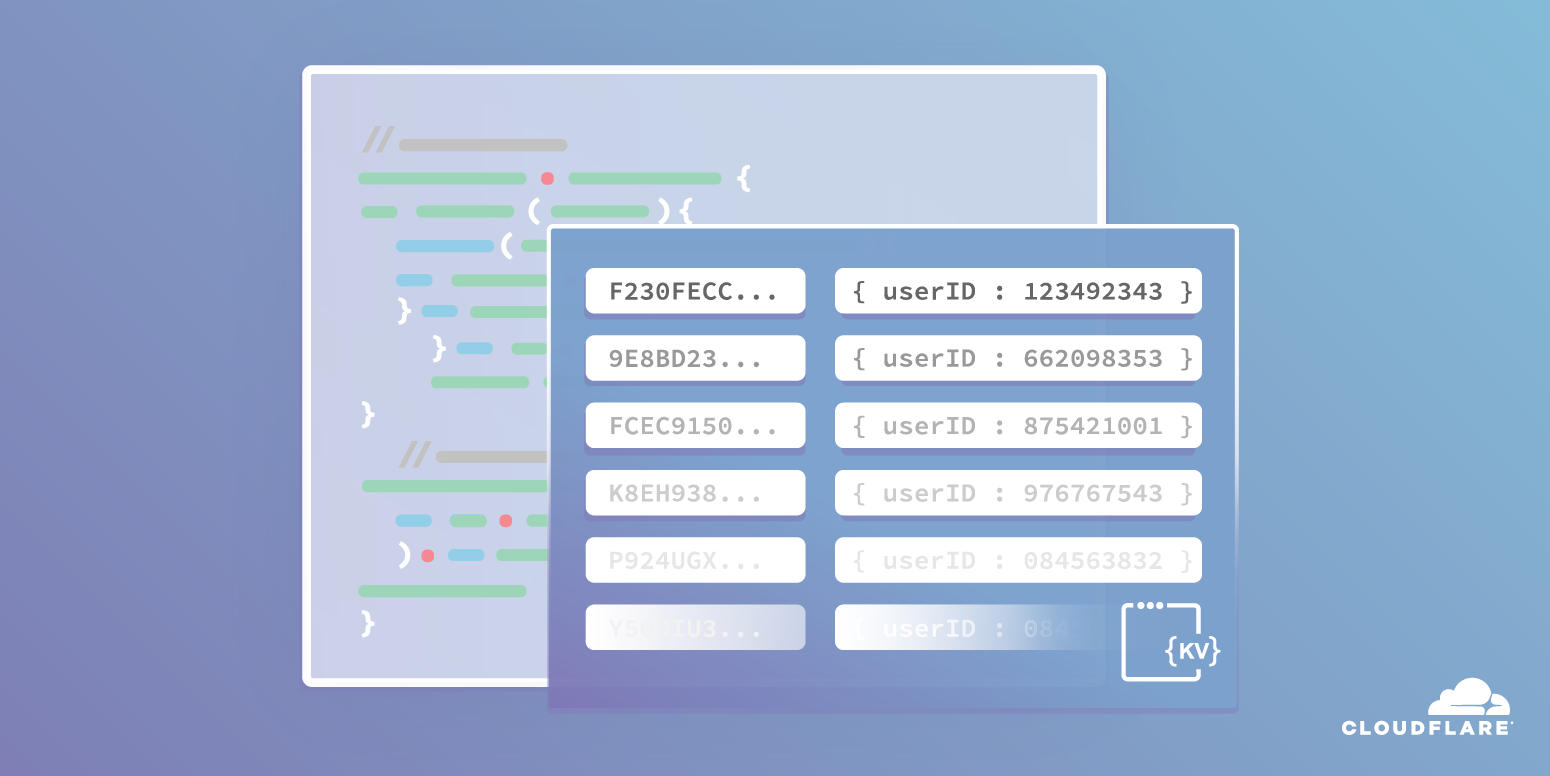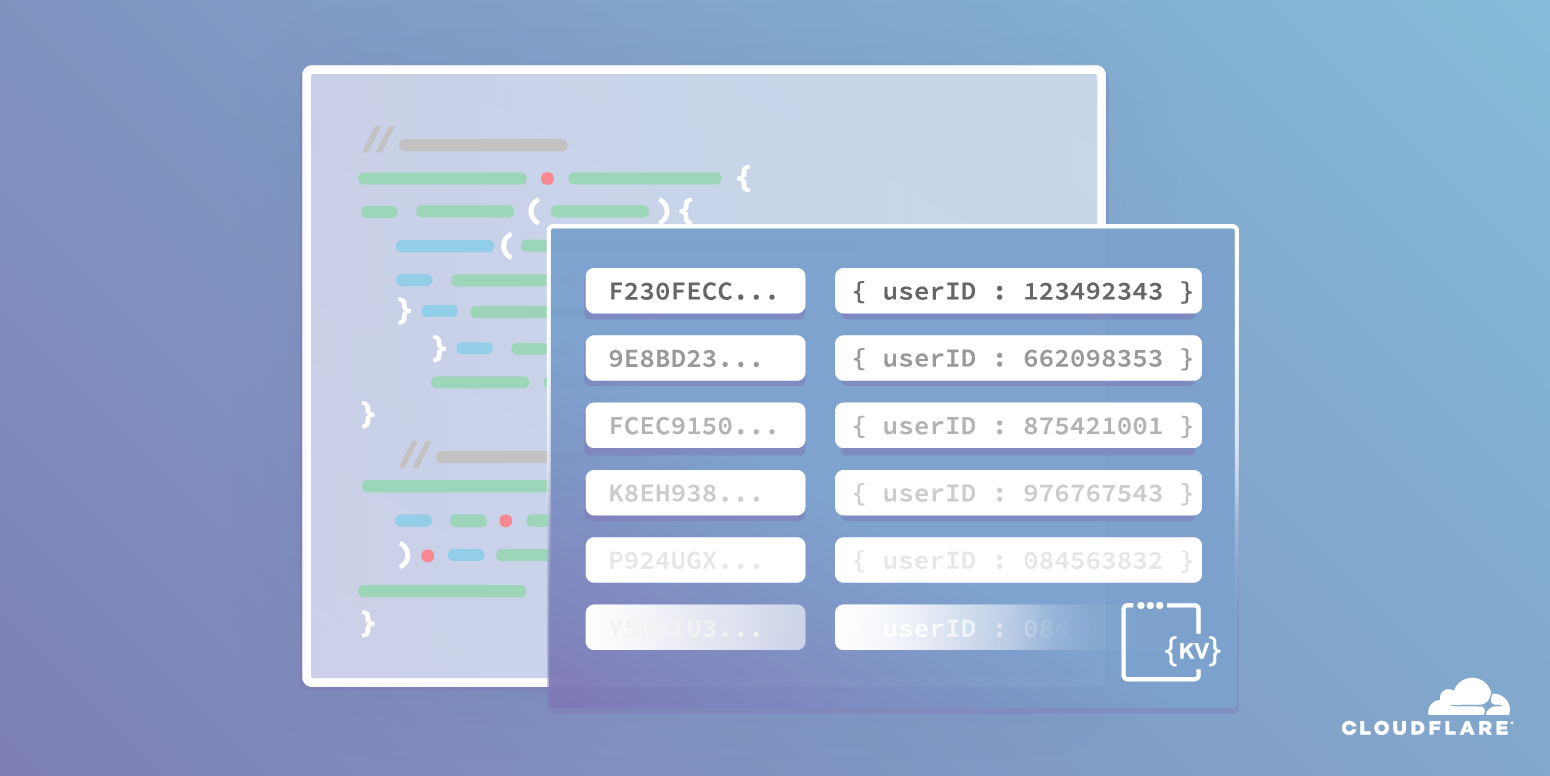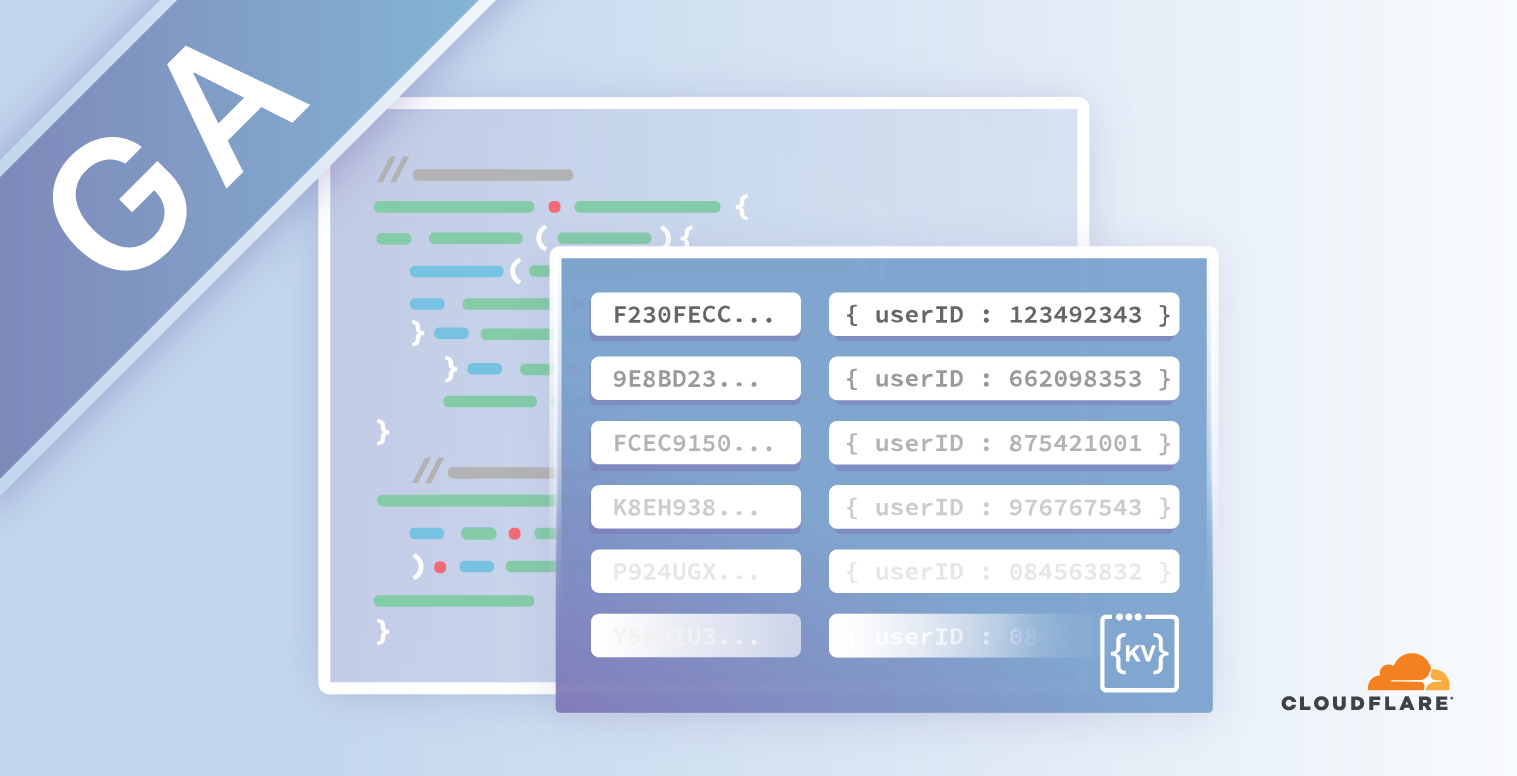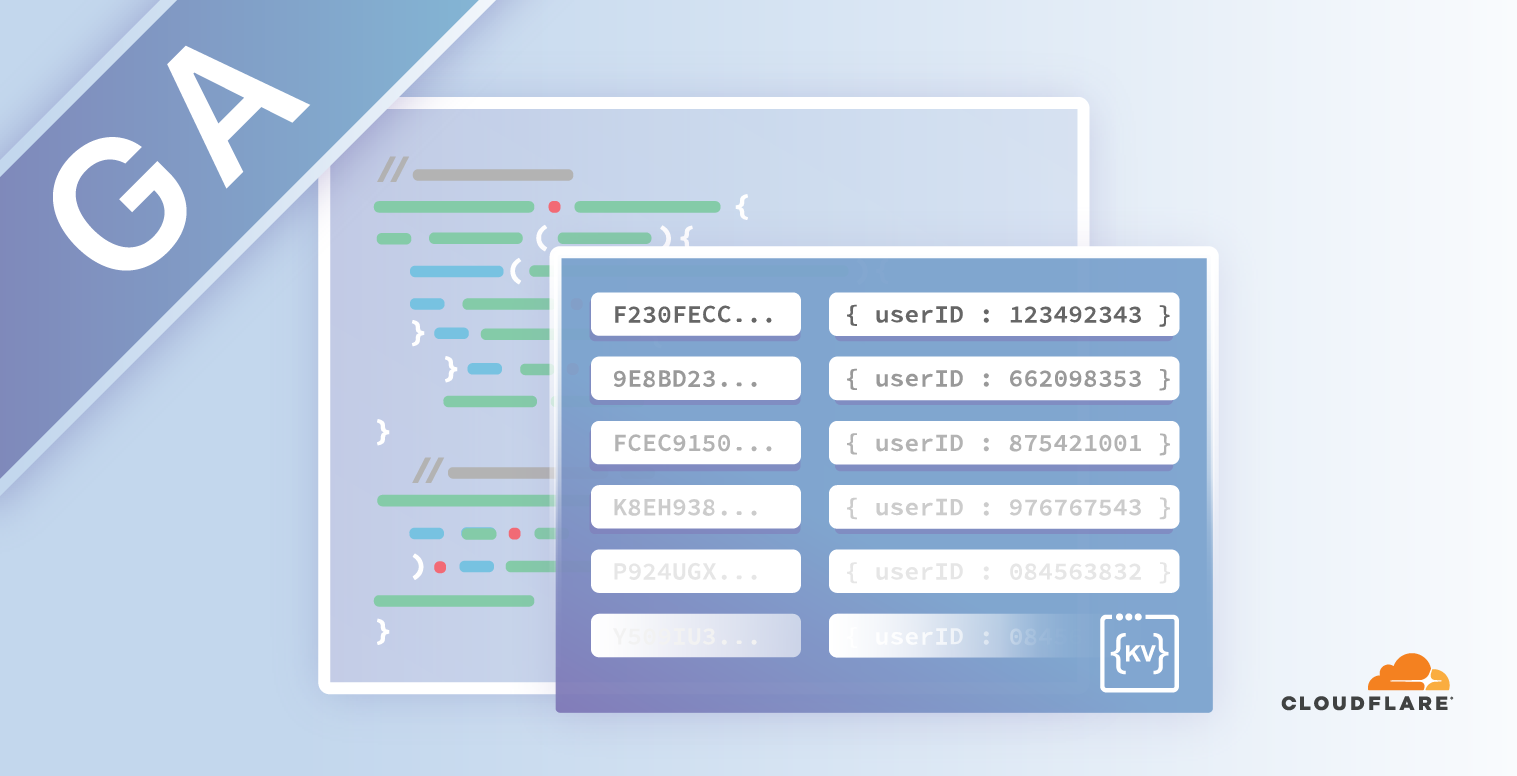0
Often in my career I have to make an estimate about the so-called “level of effort” (LoE) to do a thing.
- What’s the LoE for me to do a demo for this customer?
- What’s the LoE for me to help respond to this RFP?
- What’s the LoE for me to participate in this conference?
The critical metric by which I usually have to measure the LoE is time. People, equipment, venue, materials, and location are rarely ever a limiting factor. Time is always the limiting factor because no matter the circumstance, you can’t just go and get more of it. The other factors are often elastic and can be obtained.
And oh how I suck at estimating time.
As soon as the question comes up, “What’s the LoE for…”, I immediately start to think, ok, if I am doing the work, I can do this piece and that piece, I can read up on this thing and get it done with slightly more time invested, and then yada, yada, yada… it’s done!
What I don’t account for is the human element. The unexpected. The fact that we’re all different and team members will go about their work in their Continue reading

 The acquisition puts Marvell in a better position to increase its marketshare wired and wireless...
The acquisition puts Marvell in a better position to increase its marketshare wired and wireless... Rajeev Suri said Nokia now has 37 5G commercial contracts, of which 20 are with named customers.
Rajeev Suri said Nokia now has 37 5G commercial contracts, of which 20 are with named customers. The Service Mesh Interface platform provides a standardized API that will allow for the ability to...
The Service Mesh Interface platform provides a standardized API that will allow for the ability to... Nearly $200 million has been raised by a trio of security companies this week and it’s only...
Nearly $200 million has been raised by a trio of security companies this week and it’s only... The data management company plans to release the cloud-native system this year with a monitoring...
The data management company plans to release the cloud-native system this year with a monitoring...


